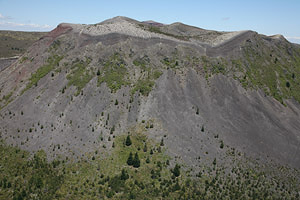
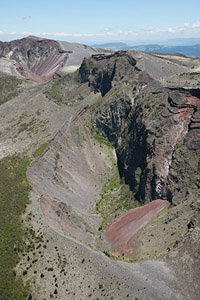
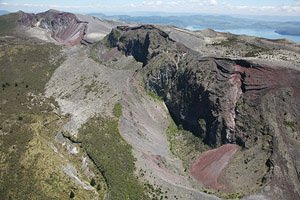
Wahanga Dome, Tarawera Volcano. View from N.
View from NE along most NE section of 1886 fissure in flank of Wahanga Dome.
View from E of NE section of fissure in flank of Wahanga Dome (on right).
 |
 |
 |
|
Wahanga Dome, Tarawera Volcano. View from N. |
View from NE along most NE section of 1886 fissure in flank of Wahanga Dome. |
View from E of NE section of fissure in flank of Wahanga Dome (on right). |
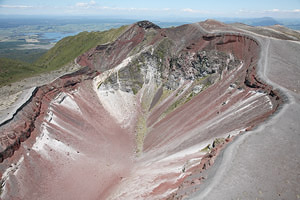 |
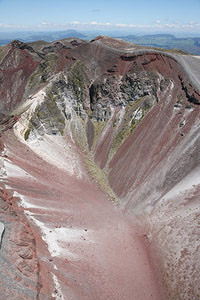 |
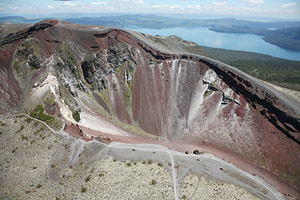 |
|
Crater in NE flank of Ruawahia Dome. View from N. |
Crater in NE flank of Ruawahia Dome. View from NE. |
Crater in NE flank of Ruawahia Dome. View from E. |
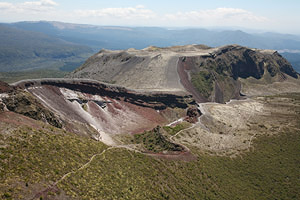 |
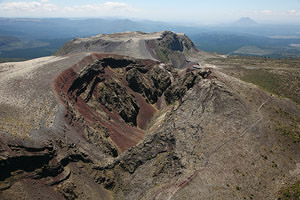 |
|
Crater in NE flank of Ruawahia Dome, Wahanga Dome behind. View from S. |
Crater in summit of Ruawahia Dome viewed from SSW. |
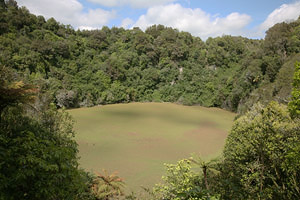 |
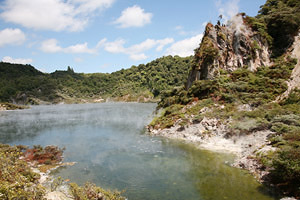 |
|
Southern Crater (SW-most crater of 1886 eruption), Waimangu Valley. |
Frying Pan Lake viewed from NE. Site of Waimangu Geyser. (2nd most SW crater of 1886 eruption) |
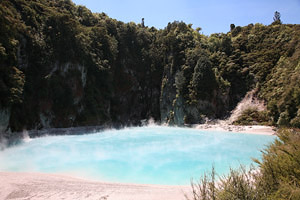 |
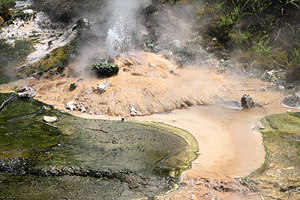 |
|
Echo Crater (3rd most SW crater of 1886 eruption), Waimangu Valley. |
Hot Spring near Echo Crater |
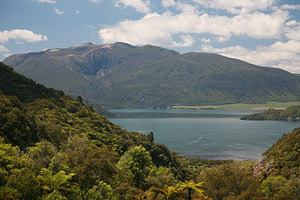 |
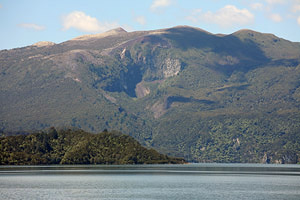 |
|
View over Rotomahana Lake to SE flank of Tarawera |
SE flank of Tarawera dome with crater from 1886 eruption |
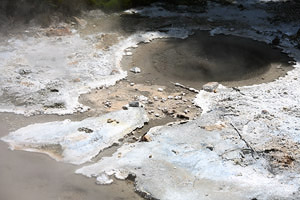 |
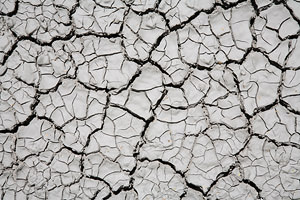 |
|
Hot Spring NE of Frying Pan Lake |
Mud deposits in Echo Crater |
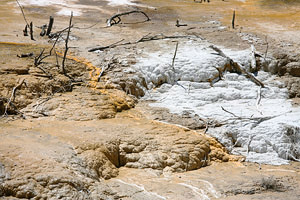 |
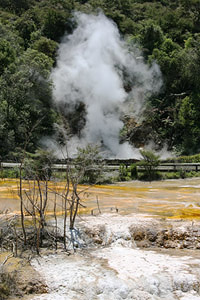 |
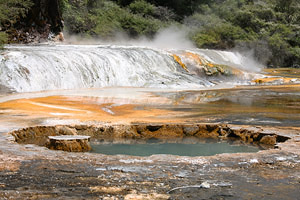 |
|
Marble Terrace, Waimangu Valley. |
Marble Terrace, hot spring behind. |
Warbrick Terrace, Waimangu Valley. |
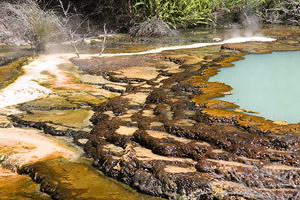 |
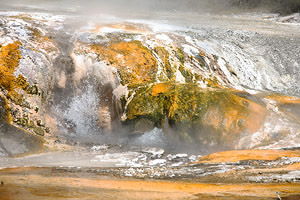 |
|
Warbrick Terrace |
Warbrick Terrace |